Though it’s been forty years, the Khmer Rouge’s shadow still hangs over the memories of those who lived through the regime’s brutality. Even if we have not lived through this atrocious rule, we understand how it must be a living hell that no one wants to repeat. We, as the next generation, must study this terrible rule in order to discover its root cause and prevent it from happening again in the future. The study of our history is essential for us because it serves as a mirror in which we may reflect on where we have been and where we are headed.
There are a wide variety of publications and films concerning the Khmer Rouge rule available today. If you want to learn more about the Khmer Rouge dictatorship, I’ve compiled a list of six books you should read.
In 1975, the Cambodian government was taken over by a communist group known as the Khmer Rouge. Under their rule, mass executions and genocide were carried out on a scale that was unprecedented in the region. After years of violence and terror, what remained of Cambodia was plunged into an endless cycle of violence and poverty.
In this book, Nawuth Keat presents a sad portrayal of life as a boy in Cambodia in the 1970s, which he co-wrote with his college professor, Martha Kendall.
Nawuth Keat’s true-life story, Alive in the Killing Fields, is about a man who survived the horrors of war-torn Cambodia. He has now broken his long silence in the hope that by sharing the truth about what happened to his people and country, future generations will be spared similar sorrow.
In this gripping story, a young Nawuth defies the odds and survives the Khmer Rouge’s invasion of his village. During the terrible dictatorship of Pol Pot, he loses his parents, infant sister, and other family members.
After his homeland of Salatrave is conquered, Khmer Rouge fighters capture and enslave Nawuth and his remaining relatives. They are subjected to physical assault, malnutrition, and deplorable living circumstances. But, despite everything, their feeling of family keeps them together, giving them the fortitude to persist in a time when any assertion of individuality is punished by death.
Nawuth’s journey of survival and escape from Cambodia’s Killing Fields is also one of optimism, motivation to children whose lives have been darkened by adversity and separation from loved ones. For readers of all ages, this book serves as a lifelong lesson in the value of human dignity and freedom.
Philip Short is the best-selling author of various books, including the canonical biography Mao: A Life and Pol Pot: Anatomy of a Nightmare. In Uganda, Moscow, China, and Washington, D.C., he worked as a foreign reporter for The Times (London), The Economist, and the BBC.
This book is one of his masterpieces that portrays Pol Pot’s authoritative portrait, the enigmatic man behind modern history’s most terrible tyranny, and it also covers the rise and collapse of Pol Pot and the Khmer Rouge. From 1975-1979, Pol Pot held power in Cambodia, killing nearly two million of his own people. The bloodbath was so gruesome that his regime became known as “the Killing Fields.
How did an idealistic vision of justice and prosperity become one of humanity’s worst nightmares? Philip traveled around Cambodia, interviewing former Khmer Rouge leaders and searching through previously shuttered archives around the world to find answers to these issues. For the first time, key figures like Khieu Samphan and Ieng Sary, Pol’s brother-in-law and foreign minister, come up.
Most Cambodian academies are likely to be familiar with Alizabeth Backer, an award-winning journalist who began reporting Cambodia for The Washington Post in 1973 when the country was seen as little more than a footnote to the Vietnam War.
In When The War Was Over: Cambodia And The Khmer Rouge Revolution by Alizabeth Becker, the author illustrates a personal account of the Khmer Rouge’s takeover in Cambodia, the policies of their regime, and finally how that regime came to an end. Becker starts with her personal experience of being an American student studying abroad in Cambodia during the time of the takeover.
When the War Was Over reveals the darkness of Cambodia with the intensity of a bolt of lightning, combining unique historical research with the various voices of people who lived through the times and rare interviews with every Cambodian leader of the past quarter-century.
Author Becker weaves together personal conversations with Cambodian officials and civilians as well as an in-depth examination of the political climate of the Cold War. For example, she tells the story of Mey Komphot, a banker who was forced to flee his home in Phnom Penh and go to a labor camp like millions of others.
The film The Killing Fields, starring Haing Ngor, tells the story of Cambodia’s brutal dictatorship from 1975 to 1979, which resulted in the deaths of a million people. The film adaptation of Survival in the Killing Fields is based on the book of the same name, in which the author himself plays a survivor.
Like Dith Pran, the doctor and interpreter who Ngor portrays in The Killing Fields, Ngor experienced the horrors depicted in the film.
Even though he worked as a doctor and witnessed his country’s demise under the Khmer Rouge, Ngor was also a witness to the country’s depraved plunge into senseless violence, squalid living conditions, malnutrition, and sickness. Before his murder was solved, Haing Ngor’s life was recorded in a searing personal diary that was first published in 1992.
Whatever the reader’s level of feeling, this book will have a profound effect on them. The gory details of this true story will almost certainly move you.
When I was in university, I read this book and was already familiar with the actor, having seen The Killing Fields film. I assumed that Dr. Haing S Ngor was an actor because I had never heard of him before. However, I was completely captivated by his story when I read this book.
The book, which uncovers childhood accounts from survivors of the Khmer Rouge massacre in Cambodia, emphasizes the brutality of the Pol Pot era with remarkable emotion.
Dith Pran, who was featured in Dr. Haing S Ngor’s Killing Field, wrote this book based on his experience through Cambodia’s darkness and the massacre imposed on the Cambodian people by the Khmer Rouge. “Killing fields” is just the tip of the iceberg. These accounts from kids who survived the Pol Pot regime’s crimes should be essential reading. We need to know and comprehend what happened so that it does not happen again.
This book gives a child’s perspective on their family’s sorrow. The children were fed one bowl of water with a few grains of rice per day; innocent individuals were tortured and slaughtered, and children were frequently made to watch while relatives were executed.
This is a comprehensive, meticulously researched, and recorded history of the brief but devastating Khmer Rouge dictatorship. Kiernan, the world’s foremost authority on modern Cambodia, painstakingly investigates Pol Pot’s killing machine and dispels many myths that have arisen in previous studies. A must-read for students of genocide and Southeast Asian studies.
If you want to know how many ration cans of rice different kinds of peasants received in which year and district, this is the book for you—and most of the sources he references appear reliable.
In Mr. Kiernan’s view, the facts speak for themselves. The professional who has read several volumes on Khmer Rouge history or the “buff” who expects to study many more may be fine with this, but the reader seeking a single, definitive text will be disappointed.
Aside from the six titles I mentioned above, there are many more related-topic books that you should read on Cambodia’s Killing Fields in a variety of languages. It would be wonderful if you could recommend other books related to this topic in the comments section below so that other readers may find them for further reading.

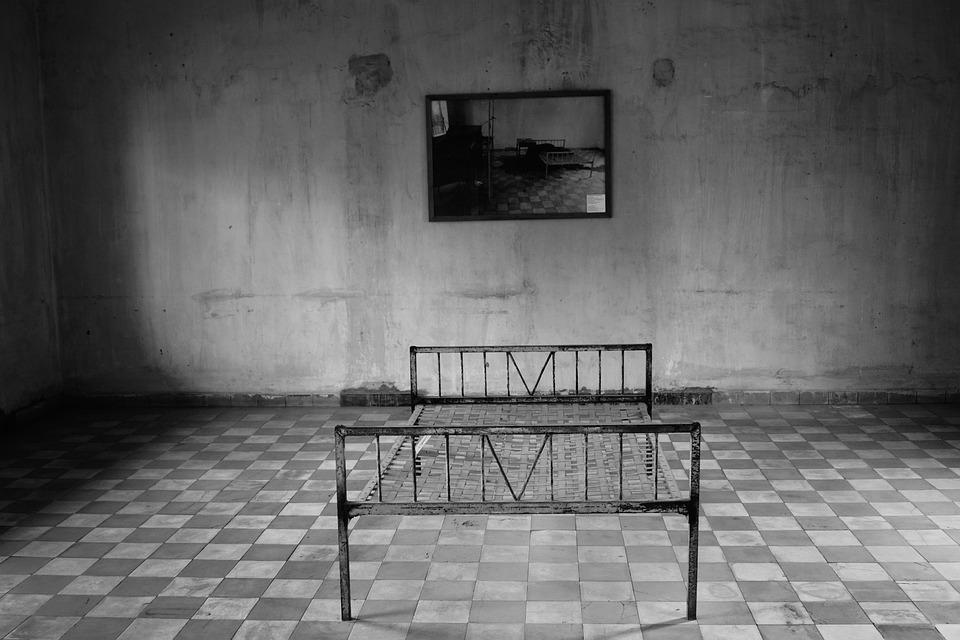
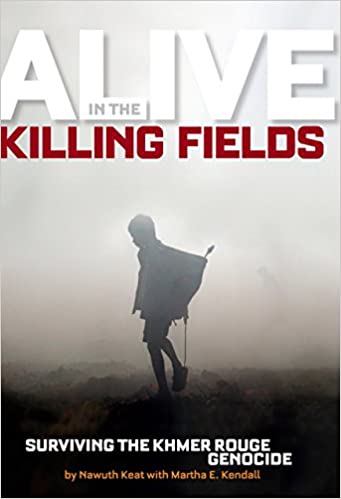
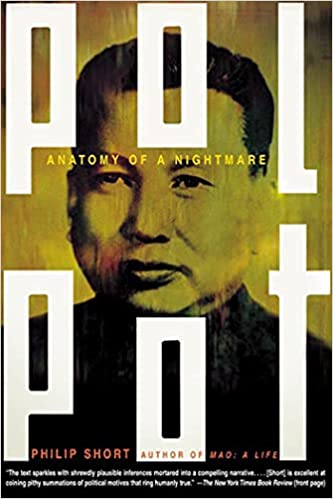
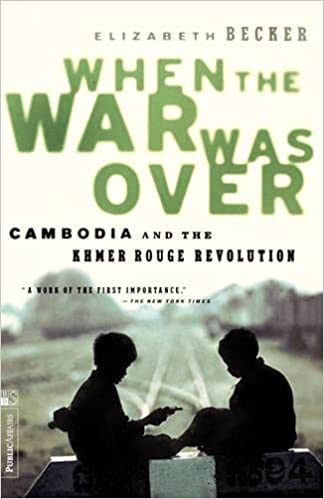
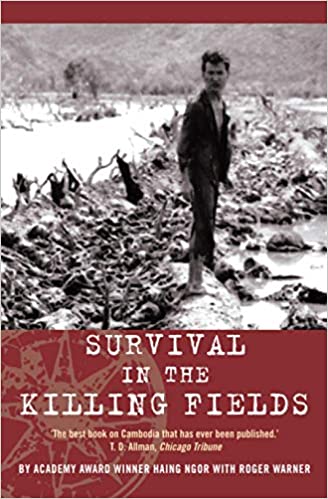
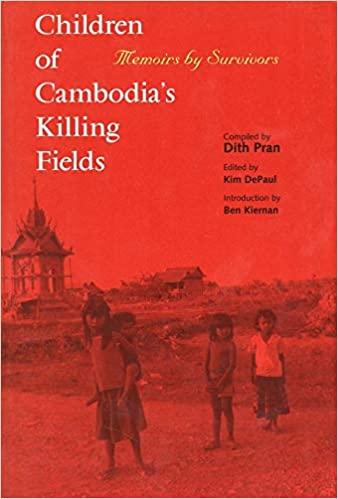
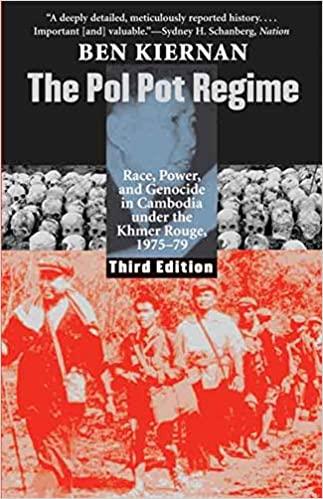
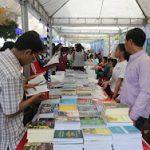 Previous Post
Previous Post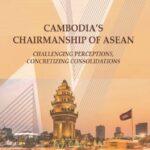 Next Post
Next Post
Great sharing, thanks for your recommends